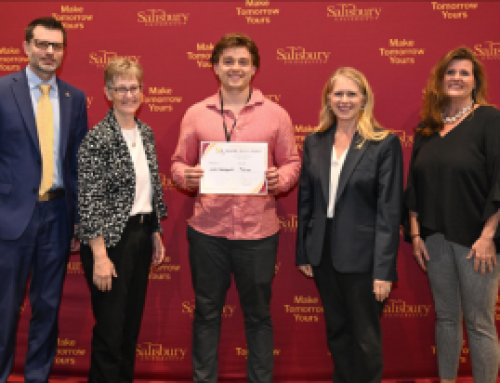There is something profound to be learned from children and the ways in which they play. They play when they’re happy, when they’re sad, when they’re grieving, and when they’re mad. We might want to think that kids have nothing to be sad, grieving, or mad about; the tragic reality is that they do. I have learned valuable lessons from children who have suffered more than many adults would in their lifetime. Children can heal through the magic of creating beauty in a world that is painful and challenging.
 The children in our community are being exposed to many challenges that create fear and anger around them, and they absorb those emotions and challenges easily. The impact of absorption can last for life. They live in a fast-changing world with little time to adjust. What we do with that impact, and how we teach our children to channel it, can and will have healing effects that are long-lasting and far-reaching.
The children in our community are being exposed to many challenges that create fear and anger around them, and they absorb those emotions and challenges easily. The impact of absorption can last for life. They live in a fast-changing world with little time to adjust. What we do with that impact, and how we teach our children to channel it, can and will have healing effects that are long-lasting and far-reaching.
I have seen children in the most weakened states emotionally and mentally–even physically. These children consistently share one thing regardless of the level of distress, the nature of the trauma, or who or what was lost. This thing transcends race, class, and gender; It transcends trauma; It transcends grief. All of these children share the sense of wonder vast enough to create beauty and play.
Through the use of expressive therapy modalities, The Blooming Lotus Project at The Personal Wellness Center is designed to offer creative solutions to problem solving. When children engage in the arts, ingenuity is sparked, creativity is nurtured, and emotional intelligence is fostered. How do we know?
Let me tell you the story of a child named Lisa (not her real name). When Lisa first engaged with The Personal Wellness Center, she began working with one of our therapists who uses expressive therapy as the primary treatment for children. Lisa was angry, defiant, and stressed due to her parents’ separation and divorce. She could not express herself nor the emotions she was feeling. She was drawn to children at school who also struggled with those emotions and, together, would cause disruptions at school. After three months of consistent work with expressive therapy interventions, Lisa is able to express other emotions and can talk about what she is feeling. She is learning how to cope with stress through the production of stories that she writes and art that she creates. She is gentler now. And this happened because Lisa is resilient, but also because she was able to work with helping professionals who could teach her to channel her emotions through creative expression.
Lisa is just one of many children who have shown moderate to high success as a result of consistent expressive therapy intervention. According to the Association for Play Therapy, research supports the effectiveness of play with children experiencing a wide variety of social, emotional, behavioral, and learning problems. Because play is the language of children, play allows all children—regardless of race, class, gender, or presenting issue– to explore, regulate emotions, and improves self-esteem, among many other cognitive and emotional benefits. As in Lisa’s case, playful expression also allows children to practice skills and roles needed for survival and fosters emotional learning and cognitive development.
All children deserve to have this beautiful opportunity of healing by learning how to express their emotions through play, art, and verbal expression. What we learn from Lisa is that life can be better when we play. Even in times of great struggle, playful creation is empowering, soothing, calming, and brings beauty to the lives of children as well as to our own.
This article was written by Venessa Bowers, MSW, LCSW-C, CCTP, MA who specializes in childhood trauma and Expressive Therapies.

